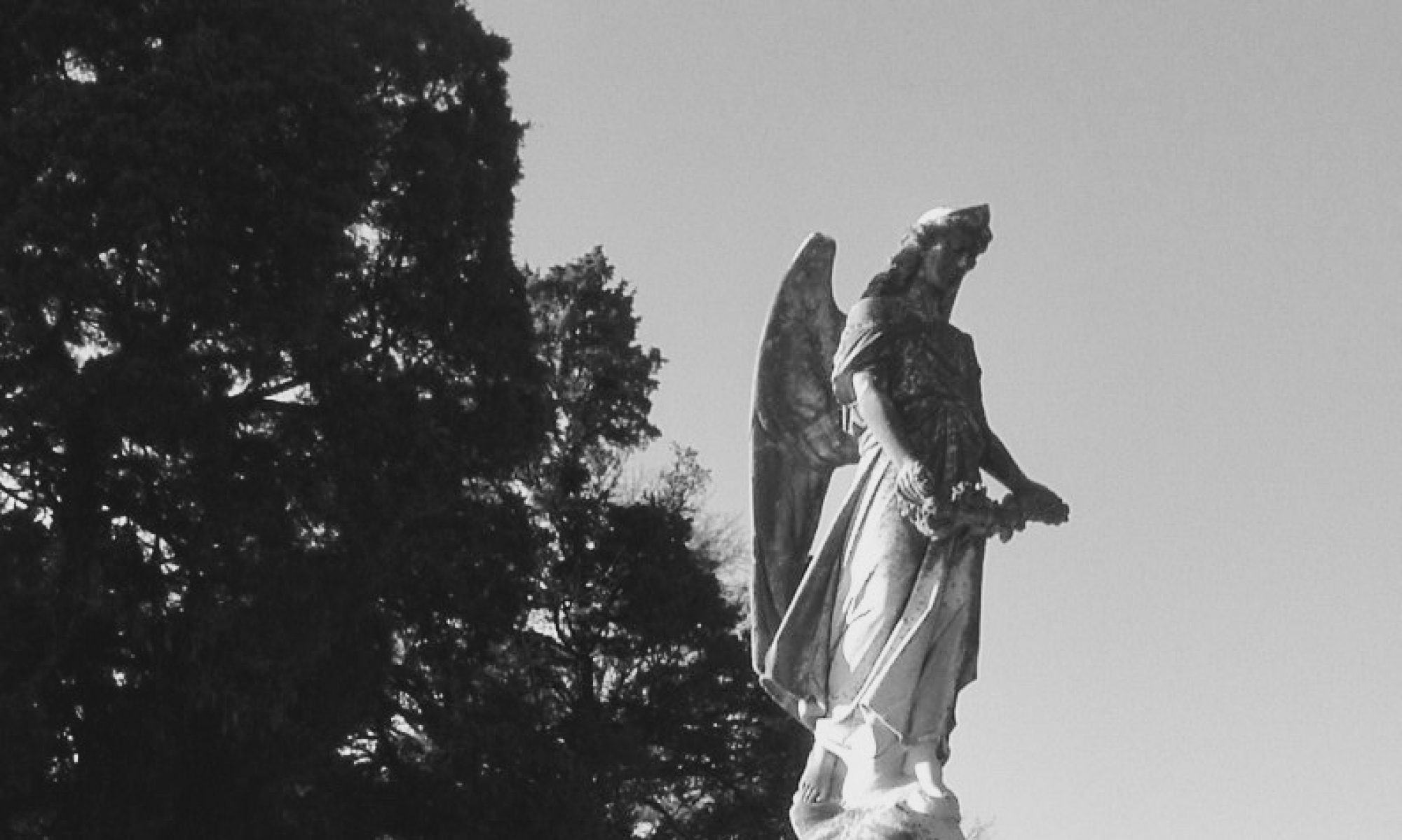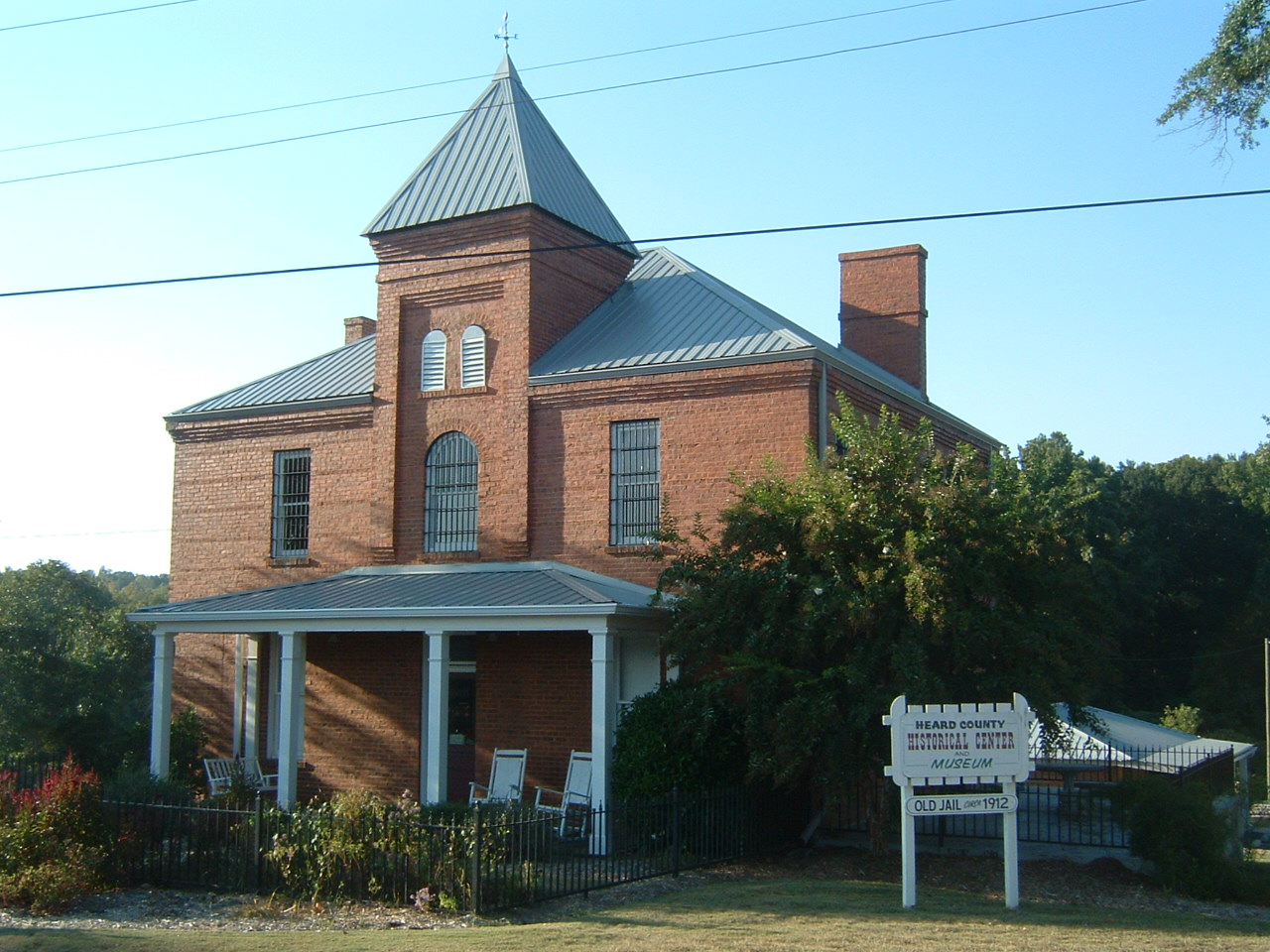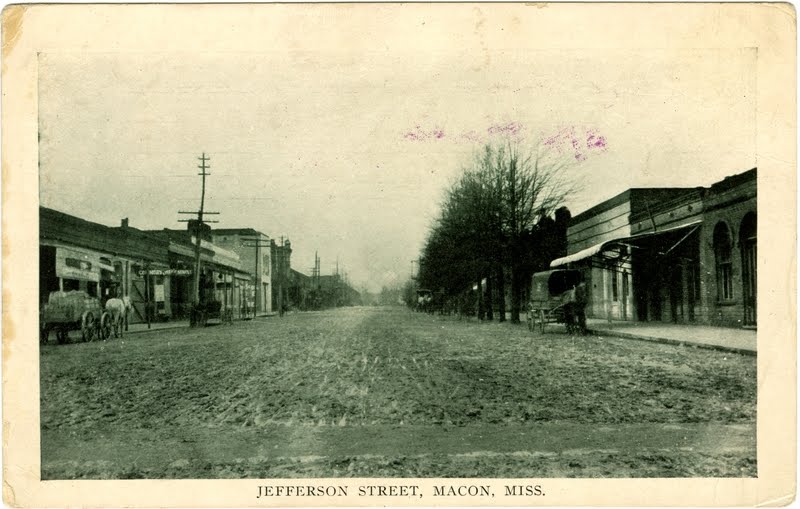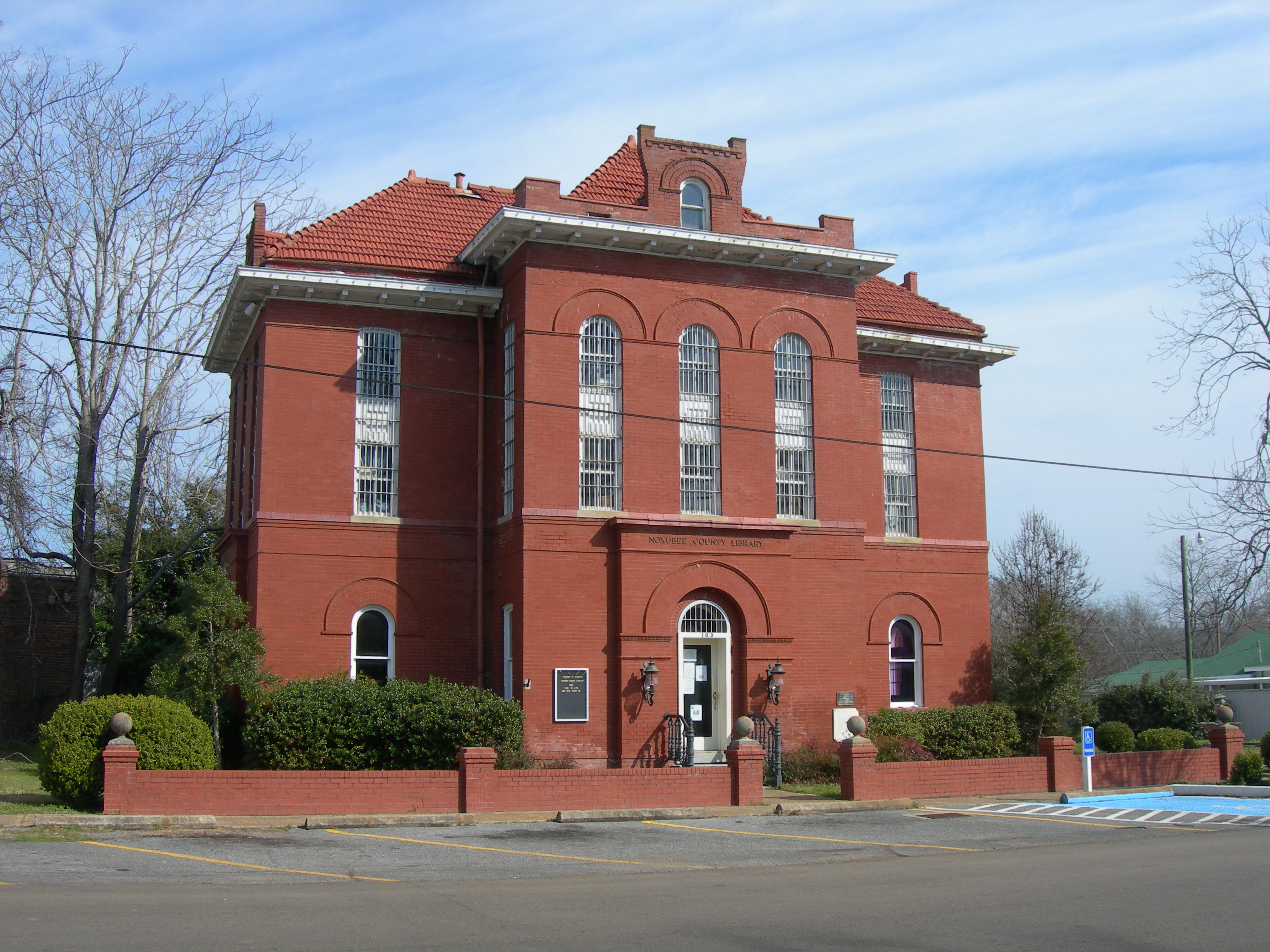University of Tennessee Campus
Knoxville, Tennessee
Ghosts rarely receive official notice. The National Park Service, for instance, usually states that park service properties, including some of the bloodiest battlefields of the Revolution and the Civil War, are not haunted. Therefore, it’s interesting when an official organization or agency acknowledges a haunting. Such is the case of the myriad ghosts on the campus of the University of Tennessee in Knoxville. Not only does the University website host a page detailing its ghosts, but the website of the Tennessee State Archives includes information not only on the UT campus, but other haunting in the state. The campus’ ghosts span the range of history of the region from Native Americans whose burial grounds were possibly disturbed to Civil War soldiers who fought and died in battle on the campus to students who recently committed suicide.
HISTORY OF THE UNIVERSITY
The history of the university begins in 1794, shortly before Tennessee became a state, when it was founded as Blount College. The state legislature changed the school’s name to East Tennessee College in 1807 and it became a university in 1840. The school was founded initially on Gay Street in Knoxville, but the location was moved to a large site near town with a hill that offered a commanding view of the city. This hill, now known affectionately as “The Hill” became a main feature of the campus and one that the Pride of the Southland Band plays homage to on their march to the stadium on game days. This same hill, during the Civil War, became Fort Byington which looked northwest to a nearby hill with a large entrenchment called Fort Sanders (originally it was Fort Loudon but the name was changed when Brigadier General William P. Sanders was killed in action nearby).
Much of Eastern Tennessee did not owe much allegiance to the Confederacy. The area was not sprinkled with the slave-operated plantations that dotted the rest of the South and Union forces found little resistance when they moved in to occupy in 1862. When General James Longstreet led his Confederate forces to recapture Knoxville, they met with the forces of General Ambrose Burnside who had created a line just west of what was the university campus at that time. This line, stretching from the Tennessee River to Fort Sanders then around the northern edge of Knoxville to the fortified eastern side of the city, held the Confederates as they laid siege.

Before dawn on the morning of November 29, 1863, Confederate forces charged up the hill to Fort Sanders losing over 800 soldiers (about 120 were actually killed) in the twenty minute battle that followed. Many of these casualties occurred when the Confederates tripped on telegraph wire that had been strung between stumps around the fort. The ditch that surrounded the fort also claimed many. Longstreet’s gamble in Eastern Tennessee did not succeed and Burnside held Knoxville until the conclusion of the war.

Having been laid waste by the Siege of Knoxville, the University reopened after the war and began rebuilding. The state legislature named the University a land-grant university under the terms of the Morrill Act and renamed it the University of Tennessee when it reopened in 1868. The University has grown in size and respectability since and it consistently ranks among the top universities in the nation.
Besides the two online sources I mentioned previously, there are a few published sources on the ghosts of the University of Tennessee as well. Perhaps the best source is Daniel Barefoot’s Haunted Halls of Ivy: Ghosts of Southern Colleges and Universities, which appears to be one of the main sources for the two online sources. Barefoot, a North Carolina lawyer and former member of the state legislature, has written five books on ghosts and is an authority on North Carolina’s folklore. Alan Brown, professor of English at the University of Western Alabama and another noted author on Southern ghosts, includes the ghost of the Hoskins Library in his Stories from the Haunted Southland. Charles Edwin Price, who has written heavily on Tennessee folklore, also includes the University in his book, Mysterious Knoxville, though I don’t have this book in my library, yet.
CAMPUS GHOSTS
ALUMNI MEMORIAL BUILDING

by the Detroit Publishing Company. Courtesy of the Library of Congress,Prints and
Photographs Division.
Ghosts sometimes may travel when the buildings they inhabit are demolished or destroyed. This is believed to have been the case for the Alumni Memorial Building. When the Old Science Hall was razed in 1979, Fanny, the building’s ghost, appears to have travelled to its replacement.
Originally, Fanny’s ghost was at home in the auditorium of the Science building where plays were performed, lectures given and chapel held. She had dreams of being a Hollywood actress and had supposedly gotten a contract with a studio but before she could head off to California, she contracted tuberculosis and died. Her spirit is said to appear during theatrical rehearsals in the Alumni Memorial, though no source provides specific descriptions of her activity or sightings of her.
GENERAL COUNSELING CENTER
According to Barefoot, the only author to mention this location, the General Counseling Center was located in an old house on Lake Avenue. The house, once owned by the Dean of Education, Dr. John A. Thackston, was willed to the University on his death. Barefoot states that the ghost of Dr. Thackston has been encountered in the house and blamed for doors opening and closing by themselves. After consulting the campus map, it appears that the counseling center has been moved as the building on the map is not on Lake Avenue.
HESS HALL
Blood-curdling screams are heard in Hess Hall which, according to legend, are from a student who committed suicide in the 1970s.
THE HILL
The heart of the University, “The Hill,” is crowned by Ayres Hall with the old South College building nearby. The rest of the hill has been left as green space where two specters have been encountered: a large creature and the spirit of a man.

spectral creature and a man from the 1930s are seen. Photograph by
Wikipedia user Gragghia.
The creature encountered here has been described in varying ways. Some descriptions have indicated it is possibly canine, while others describe it as feline. Barefoot, Brown as well as the website, Ghosts and Spirits of Tennessee, describe a phantom wolf that is heard howling. The University website differs a bit and describes the creature as “a barghest (very large dog with huge claws and teeth).” In Rosemary Ellen Guiley’s masterful Encyclopedia of Ghosts and Spirits, Guiley states that the barghest is a product of English folklore and is a “spectral hound that exists in Cornwall and northern England.” She continues that it is a death omen manifesting as a large dog or bear and making a shrieking sound.
It’s interesting that the barghest is possibly a death omen as the feline description of this creature usually uses the term “wampus cat” which is also a death omen. Alan Brown in his Haunted Tennessee provides the legend of the wampus cat and an aside about the University’s hill creature. The wampus cat is found in Cherokee legend where a young woman with a desire to hunt with the men cloaked herself with a mountain lion skin and followed them. After being undetected most of the day, she bumped into a tree branch and was discovered. The men, angered by this discovery, consulted with a shaman who bound the woman to the lion skin forever.
Brown recounts a modern encounter with this creature on The Hill. In the early part of this decade a young female student had moved into an apartment at the intersection of 16th Street and Cumberland Avenue quite near The Hill. One evening, she glanced out the window and saw a “human-size, cat-like being that was walking on its hind legs.” He also mentions that the creature had glowing eyes, a characteristic also noted on the University website.
As for the male spirit seen on The Hill, the University website describes him as:
The apparition of a young man wearing a Celluloid collar and bowler hat sometimes joins students in the evenings as they walk up the steps to the top of The Hill. He is generally seen walking with his head bent and his hands behind his back — and he does not acknowledge those with whom he walks.
The legend told is that man is a student from the 1930s who committed suicide after his girlfriend left him to marry someone else. The site notes that the spirit’s bowler hat hides a gaping head wound.
HOSKINS LIBRARY
Built in 1931 with additions dating from the 1960s, the Hoskins Library is possibly home to two spirits. One spirit may be a former library director while the other is a bit more well-known, even being given the odd name “Evening Primrose.” Ms. Primrose, the female waif, is reported to play with the elevators, knock books off shelves and she may also be responsible for the smell of food cooking. Alan Brown quotes the director of the Rare Books and Manuscripts Division who had smelled food cooking in the basement stacks of the library, certainly a place where cooking food would be wholly out of place. The identity of Evening Primrose is unknown, but the University website opines that she may be the ghost of “a poor graduate student who secretly lived — and died — in the Library while researching her dissertation.
McCLUNG MUSEUM
The Frank D. McClung Museum, with collections covering anthropology, the arts, and natural history, opened in 1963. Two sources, Daniel Barefoot and John Norris Brown (author of the Ghosts and Spirits of Tennessee website) assert that this structure was built atop Native American burial mounds and their spirits now roam its halls.
PERKINS HALL

Detroit Publishing Company. Courtesy of the Library of Congress,Prints and Photographs Division.
Home to parts of the Engineering Department, Perkins Hall was built near the site of Barbara Blount Hall which was demolished in 1979. When the foundation for Blount Hall was being dug in 1900, graves of soldiers were discovered which were then reinterred in the nearby National Cemetery. The spirits of these soldiers was said to roam the corridors of Blount Hall. These soldiers possibly relocated to the green space next to Perkins when Blount Hall was razed. The University website reports that eight Union soldiers are sometimes seen conferring among each other.
REESE HALL
One of the mid-20th century dormitories, Reese Hall, like the McClung Museum, may also have been built atop Native American graves as well as an early 19th century cemetery. John Norris Brown states that early maps indicate this site as the location of a cemetery, yet records do not indicate the graves were moved. Reports of shadow people–dark, shadowy figures—have come from students in and around this building.
STRONG HALL
Of the haunting on the UT campus, Strong Hall is perhaps the best documented. The original core of the building opened in 1925 with five wings, each named for the first women to graduate from UT, being added in 1939. Strong Hall was built as a women’s dormitory with a sizable gift from financier and alumnus Benjamin Rush Strong on the site of his grandparent’s home. The gift was granted with the stipulation that it be used to construct a women’s dormitory named for his mother, Sophronia Strong and that the site would also include a flower garden. The building has served as a women’s dormitory until 2008 when the last female student passed through its rooms. The building is slated to be remodeled into instructional and laboratory space for the Department of Anthropology.
One wonders as to what “Sophie,” the structure’s resident ghost, may think of this decision. After all, her son’s gift included the stipulation that the building always house female students. These same female students have told stories for decades of a stern female spirit that would appear to stem heated arguments and confrontations. The antics of Sophie, who may possibly be Sophronia Strong, included more lively things such as locking girls out of their rooms and appearances in the mirrors of the bathroom around the time of her birthday.
TYSON ALUMNI CENTER
Acquired by the University in 1954, the Tyson House was owned by General Lawrence Tyson, a World War I General and U.S. Senator and his wife Betty. When the house was purchased, the University agreed to maintain the back yard grave of the Tyson’s beloved dog, Bonita (or Benita, sources differ). Bonita still appears in the house as well as the shades of her owners, the Tysons. It is said that Bonita is still heard howling at night, or is this the barghest or wampus cat? With the numerous spirits of the University of Tennessee, it could possibly be all three.
Sources
- Allen, Angela. “Strong Hall’s ghostly caretaker continues to entertain.” Tennessee Journalist. 20 October 2008.
- Barefoot, Daniel W. Haunted Halls of Ivy: Ghosts of Southern Colleges and Universities. Winston-Salem, NC: John F. Blair, 2004.
- “Battle of Fort Sanders.” Wikipedia, The Free Encyclopedia. Accessed 25 September 2010.
- Brown, Alan. Haunted Tennessee: Ghosts and Strange Phenomena of the Volunteer State. Mechanicsburg, PA: Stackpole, 2009.
- Brown, Alan. Stories from the Haunted South. Jackson, MS: University Press of Mississippi. 2004.
- Brown, John Norris. “University of Tennessee.” Ghosts and Spirits of Tennessee. Accessed 20 September 2010.
- Guiley, Rosemary Ellen. The Encyclopedia of Ghosts and Spirits. NYC: Checkmark, 1992.
- “Knoxville Campaign.” Wikipedia, The Free Encyclopedia. Accessed 25 September 2010.
- “Lawrence Tyson.” Wikipedia, The Free Encyclopedia. Accessed 25 September 2010.
- Shearer, John. “Last day of use as a women’s dorm is at hand for historic UT building.”Knoxville News. 8 May 2008.
- Tennessee State Library and Archives. Ghosts. Accessed 20 September 2010.
- University of Tennessee. Ghost Stories: Is our campus haunted?” Accessed 20 September 2010.
- “University of Tennessee.” Wikipedia, The Free Encyclopedia. Accessed 25 September 2010.














